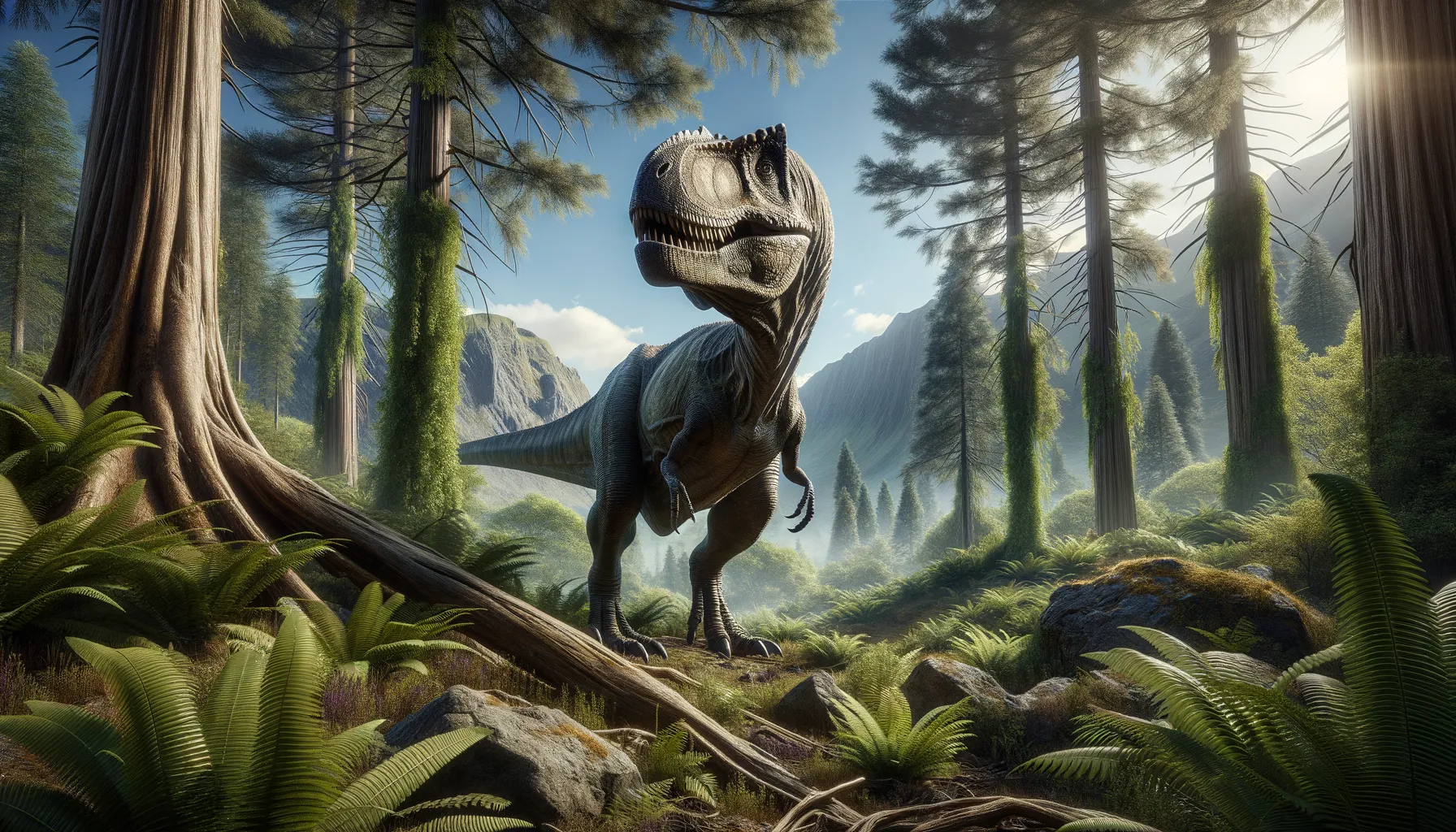
Lukousaurus
Ancient predator of the prehistoric realm.
Period
Jurassic
Length
Roughly 4 to 5 meters in length.
Height
Approximately 1 meter tall at the hip.
Weight
Estimated to weigh around 200 kilograms.
Lukousaurus is a theropod dinosaur that lived during the early Jurassic period. It was discovered in China and is known from fragmentary remains, including a distinctive skull. Although much of its biology remains speculative due to limited fossil evidence, Lukousaurus provides valuable insight into the diversity of early theropods. The fossils suggest it had a combination of carnivorous features, hinting at a predatory lifestyle.
Diet
Lukousaurus likely had a carnivorous diet, feeding on small vertebrates. The shape of its teeth suggests it was well-adapted to catching and consuming prey.
Hunting
Its hunting behavior is not concretely known, but it likely relied on stealth and speed. The size and presumed agility might have made it a versatile hunter in its environment.
Environmental challenges
The early Jurassic period posed several challenges, including fluctuating climates and volcanic activity. Lukousaurus had to navigate a complex ecosystem with changing flora and fauna. Competition with other carnivorous species likely influenced its survival strategies.
Speed
Not well-documented, but presumably moderate.
Lifespan
Information remains scarce and undetermined.
First discovery
First discovered by C.C. Young in 1940.
Fun Facts
- Lukousaurus is named after the Lukou District in China, where its fossils were first discovered.
- This dinosaur lived during the Middle Jurassic period, which was around 170 million years ago.
- Fossil evidence suggests that Lukousaurus might have been a small carnivorous dinosaur, possibly similar in size to a modern-day chicken.
- Despite its small size, Lukousaurus likely had sharp teeth, making it a formidable hunter for its size.
- The exact classification of Lukousaurus is still debated, as there isn't enough fossil material to definitively place it with certainty.
- Lukousaurus's fossils were unearthed in the Xiashaximiao Formation, a site known for a variety of dinosaur fossils.
- One of the interesting mysteries about Lukousaurus is that scientists primarily know it from a single fragmentary skull.
Growth and Development
Due to the fragmentary nature of its remains, detailed knowledge of its growth is unclear. However, as a theropod, it likely followed a growth pattern similar to its relatives, with rapid juvenile growth. Fossilized remains suggest that the development of hunting skills was important for juvenile survival.
Habitat
Lukousaurus inhabited areas that were lush with vegetation and had a subtropical climate. It likely roamed both forested areas and open landscapes in search of food. The fossil site indicates that it lived near water sources, which attracted prey.
Interaction with other species
Lukousaurus likely competed with other small to medium-sized theropods for food. It might have scavenged the kills of larger predators when opportunities arose. Interactions with herbivorous dinosaurs would have been primarily predator-prey dynamics.
Natural lifespan
The natural lifespan remains speculative but may have ranged from 10 to 20 years.
Reproduction
Like many theropods, Lukousaurus likely laid eggs, possibly in nests. Parental care, if present, remains speculative, though some theropods are known to tend to their young.
Social behaviour
There is limited evidence to fully understand its social behavior. However, it might have been solitary or formed loose associations, similar to other small theropods. Social interactions were likely focused on territory and hunting.
Fossil locations
Fossils have been primarily found in the Lufeng Formation in China. These remains highlight the region's abundance of early Jurassic theropods. The discoveries contribute to a broader understanding of continental diversity during this period.
